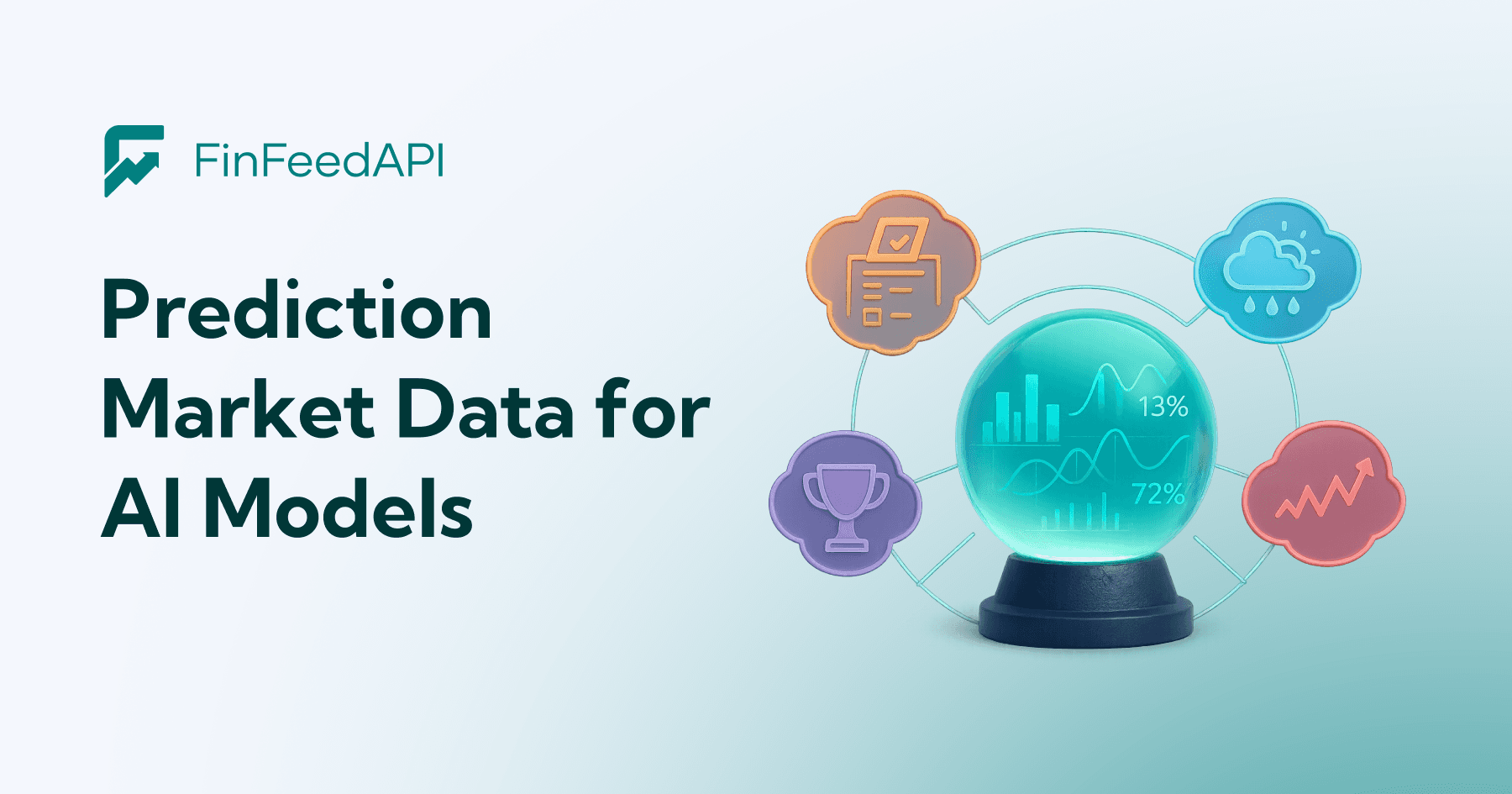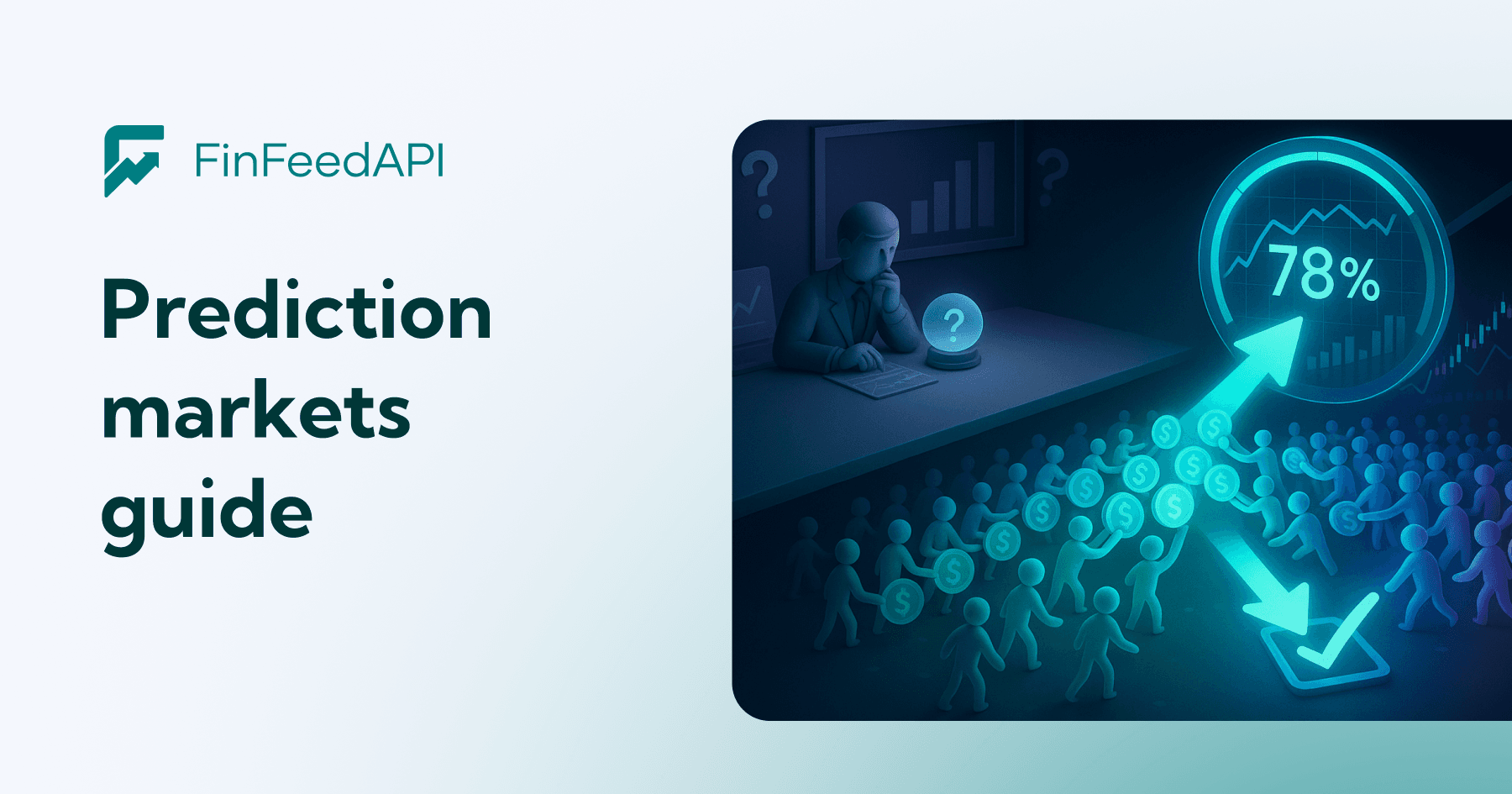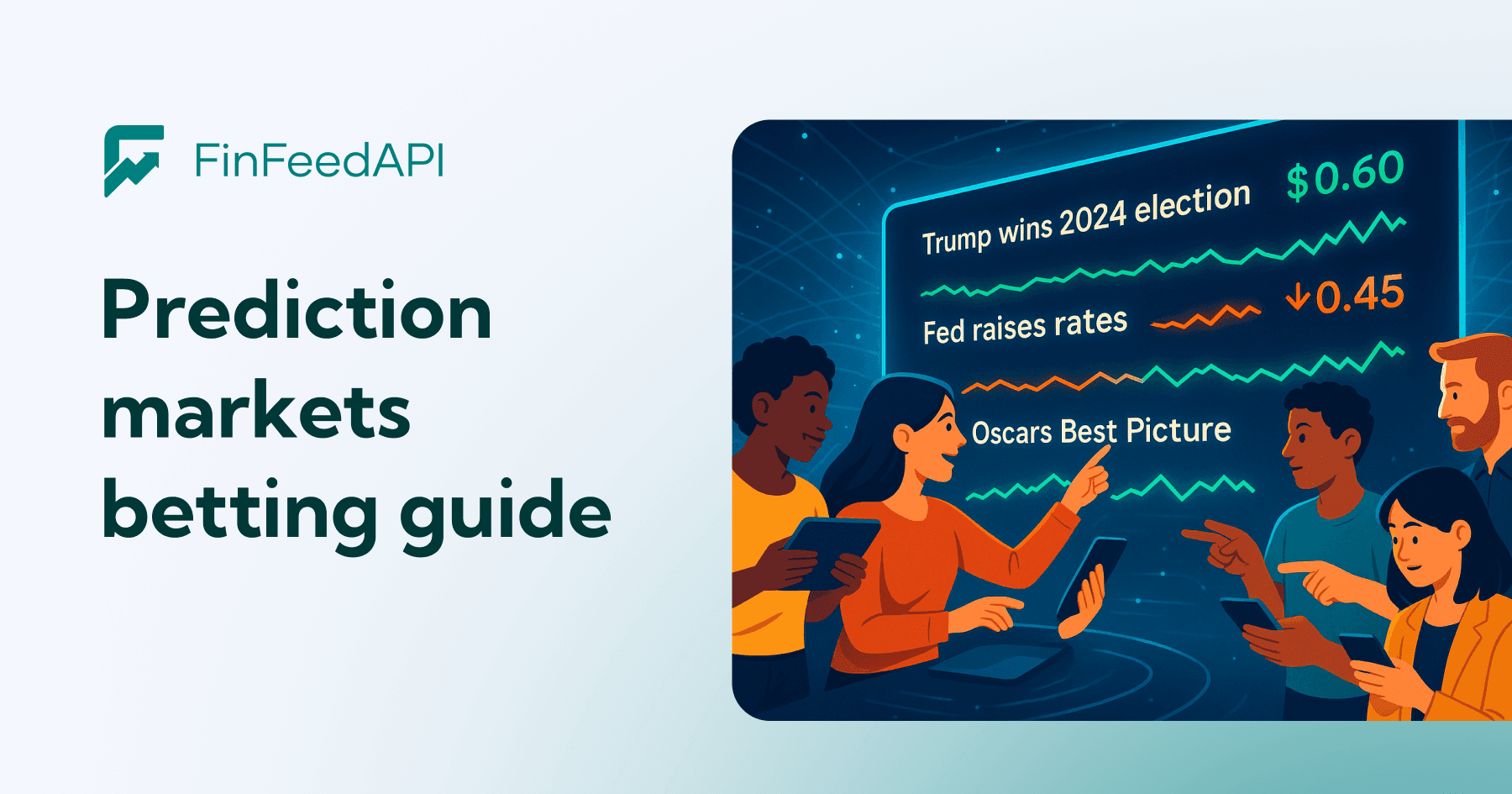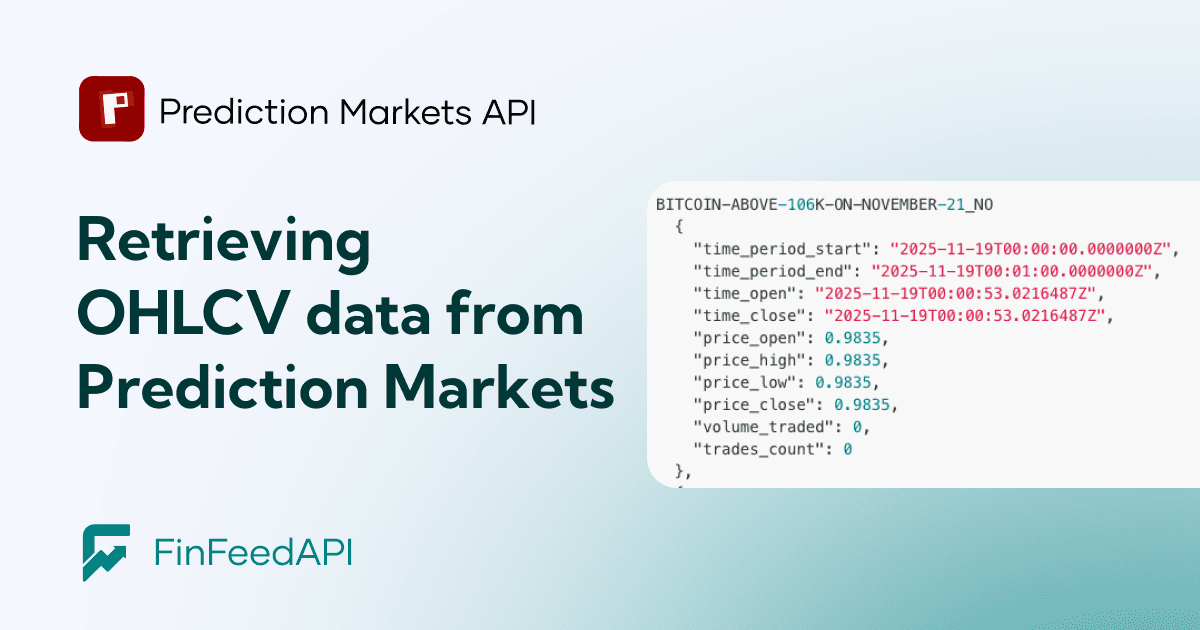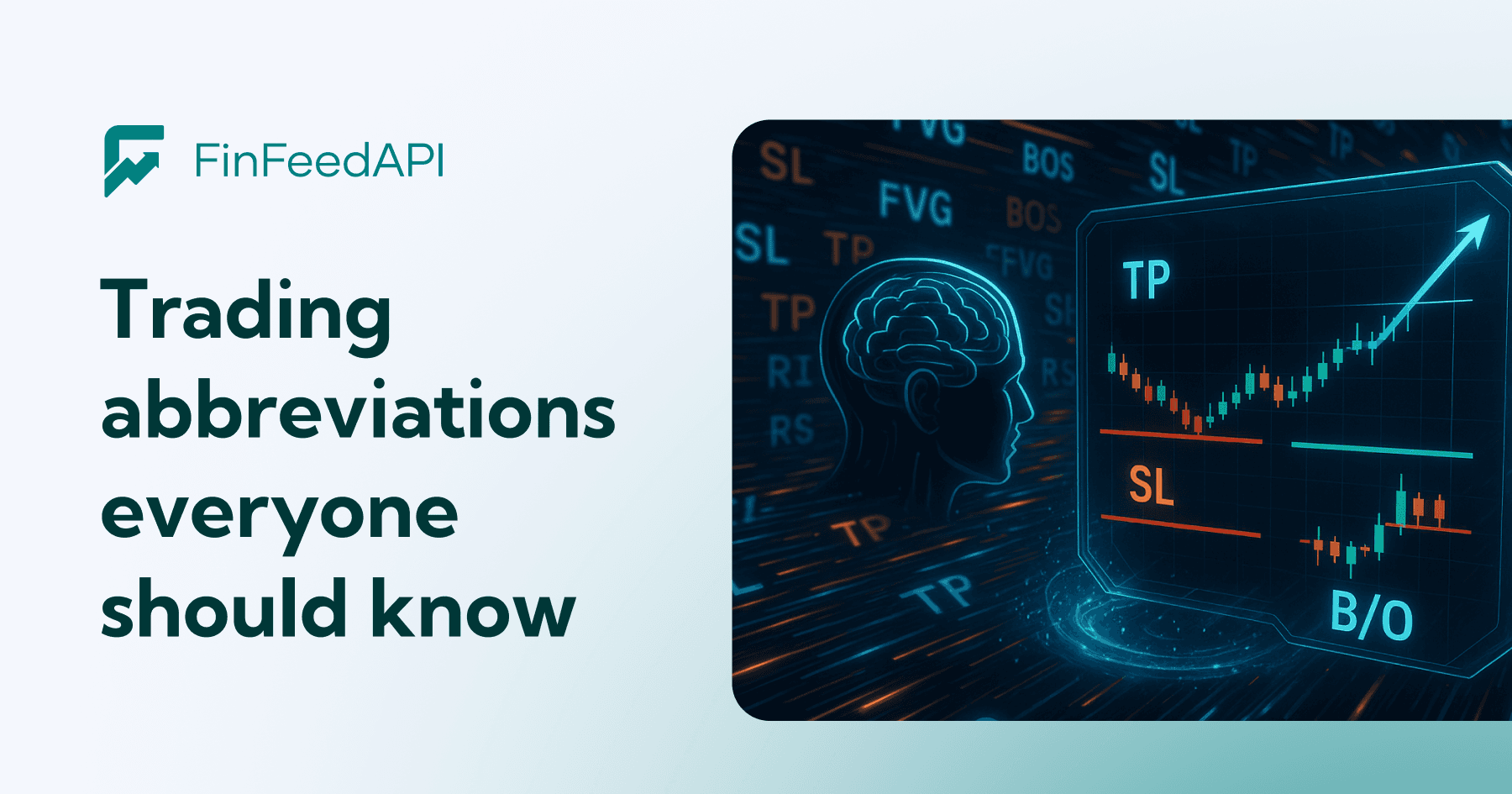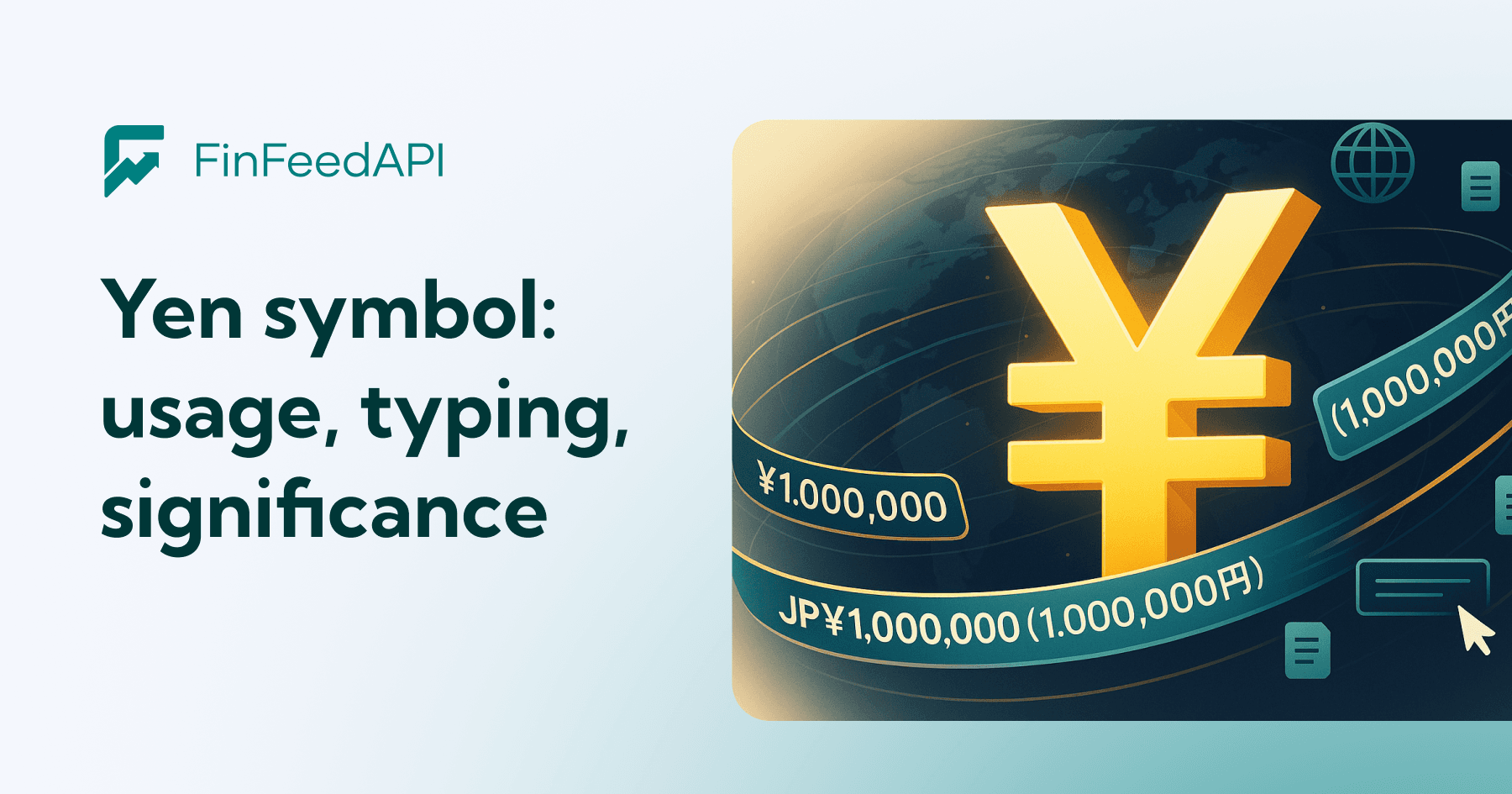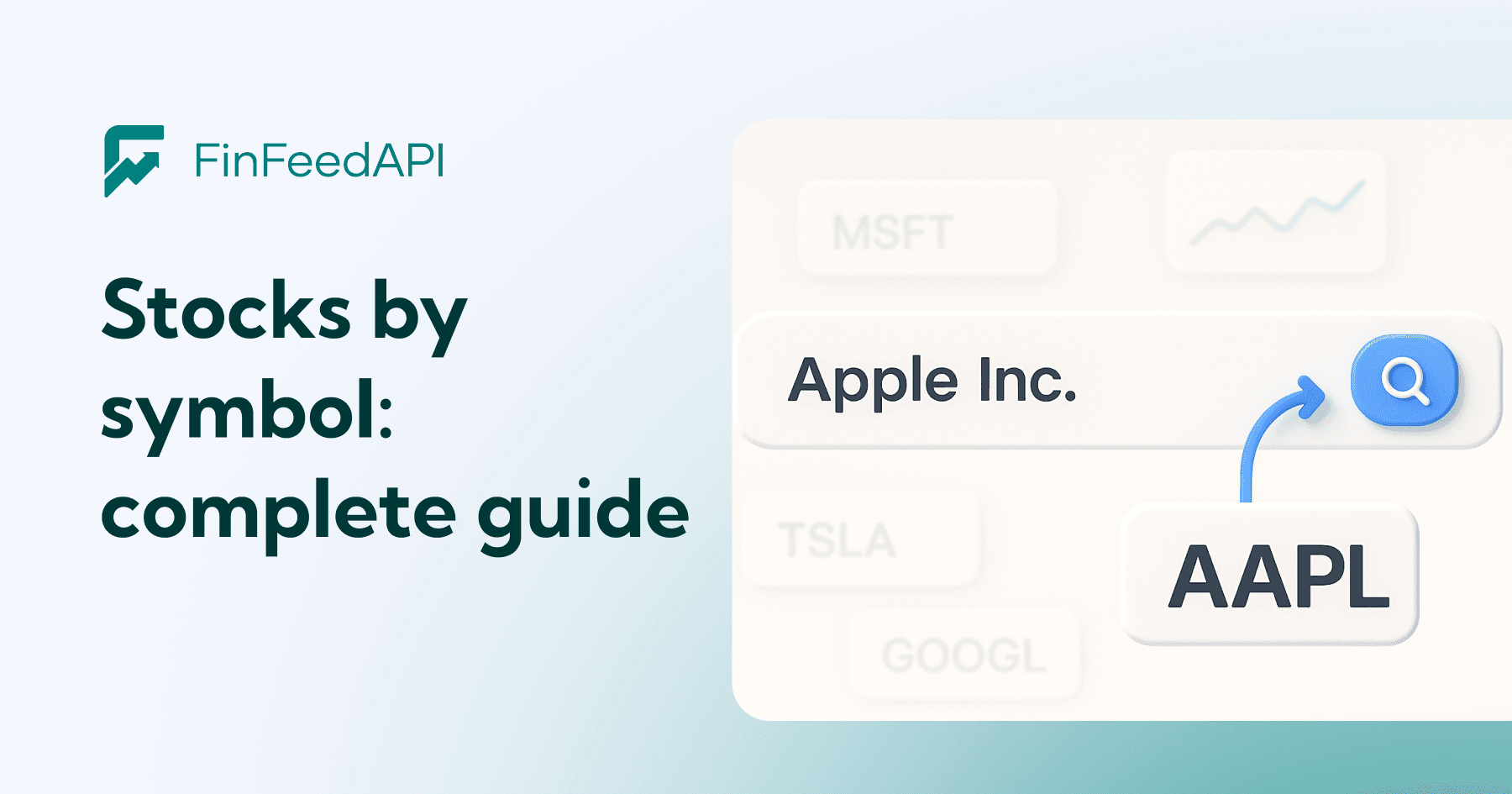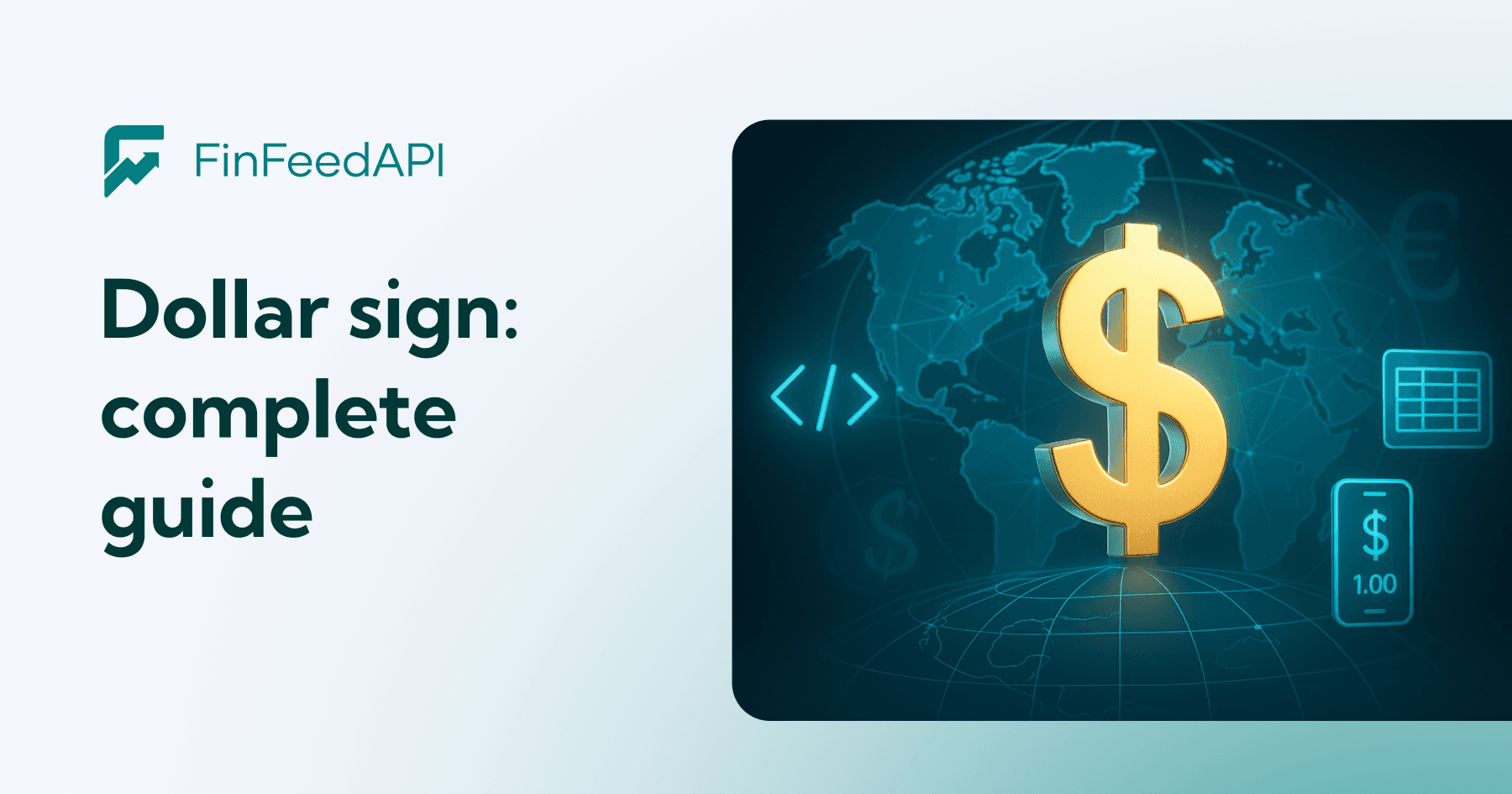Not long ago, quantitative analysts spent hours downloading spreadsheets, cleaning messy files, and hoping the data didn’t go stale before they finished their work. Today, APIs have replaced that entire process — feeding models fresh, structured information in seconds.
That shift changed everything in quantitative finance.
Quantitative Modeling: Turning Patterns Into Predictions
Quantitative modeling is essentially problem-solving with numbers.
Models look for patterns humans can’t see — signals buried inside years of market behavior, pricing trends, correlations, and volatility.
Portfolio managers use these models to balance risk.
Traders use them to find small inefficiencies.
Researchers use them to test ideas across decades of data.
But a model is only as good as the data inside it. And that’s where APIs matter.
APIs: The Modern Data Pipeline
An API is simply a structured way to request information.
Instead of downloading 20 files manually, a model can pull data automatically with one request:
If you can pull Apple’s data, you can pull any symbol using the same structure.
That consistency lets analysts build automated pipelines instead of spreadsheets.
APIs support the core needs of modern quant work:
- Bulk historical data for finding patterns
- Real-time updates for models that adjust throughout the day
- Multiple data types — prices, fundamentals, macro, sentiment
- Automation so systems update themselves without human effort
The result: faster workflows, fewer errors, and models that stay current.
Challenges Still Exist
Even with APIs, teams must manage:
- Data quality
- Different formats between providers
- Cost control for frequent requests
But the benefits far outweigh the friction.
The Future of Quant Modeling
New data sources — satellite imagery, consumer trends, sentiment feeds — are becoming API-accessible.
The best models now combine traditional market data with alternative signals, and APIs make this possible without manual work.
For modern quants, API literacy is becoming as important as knowing statistics.
How FinFeedAPI Supports Quantitative Teams
FinFeedAPI provides the building blocks most quant models need.
One API key. All major asset classes.
Consistent structure for every model.
If you're building trading algorithms, forecasting tools, or research pipelines, FinFeedAPI helps you move from raw data to real insights — quickly.
Get your free API key and start building smarter models today.






